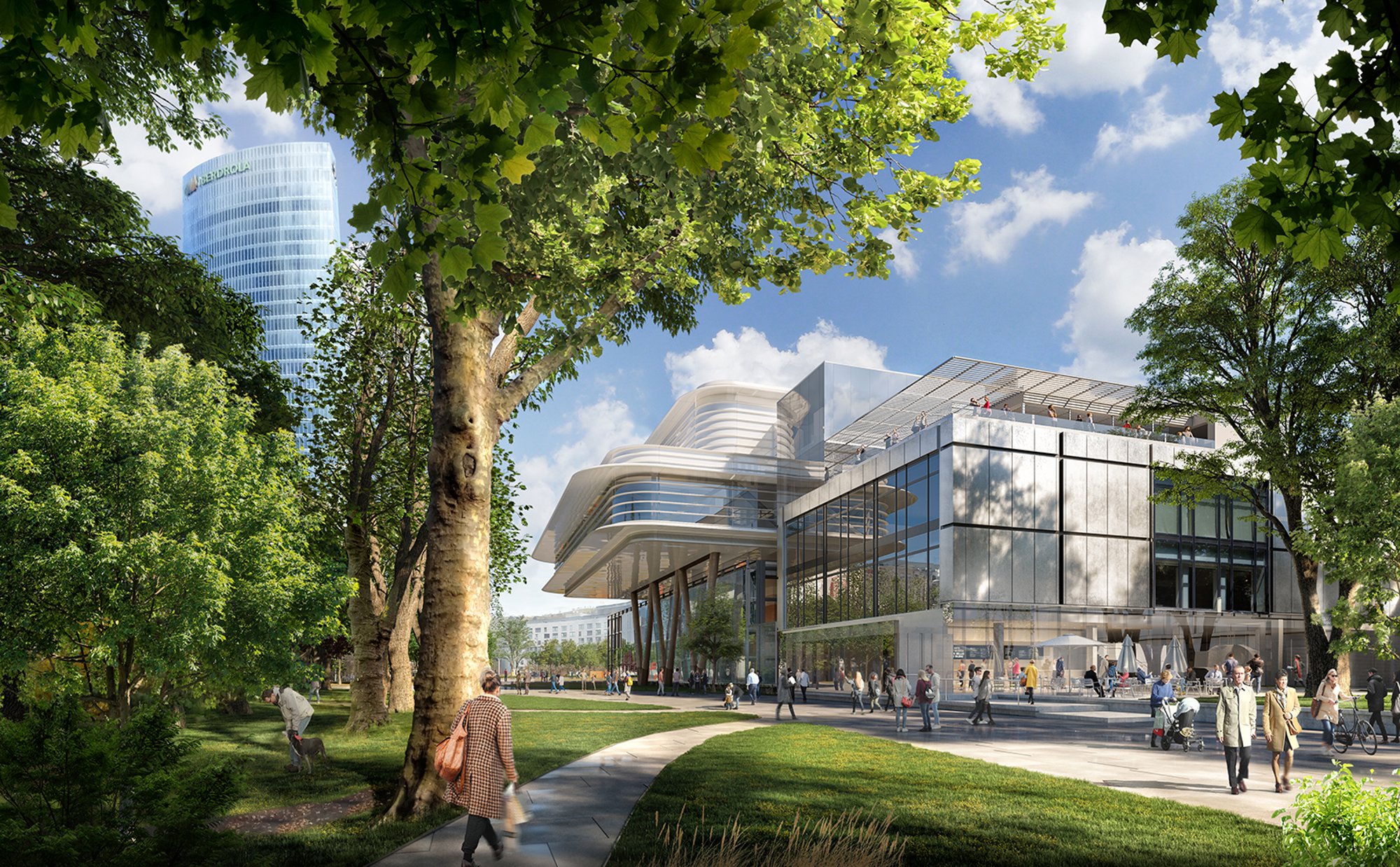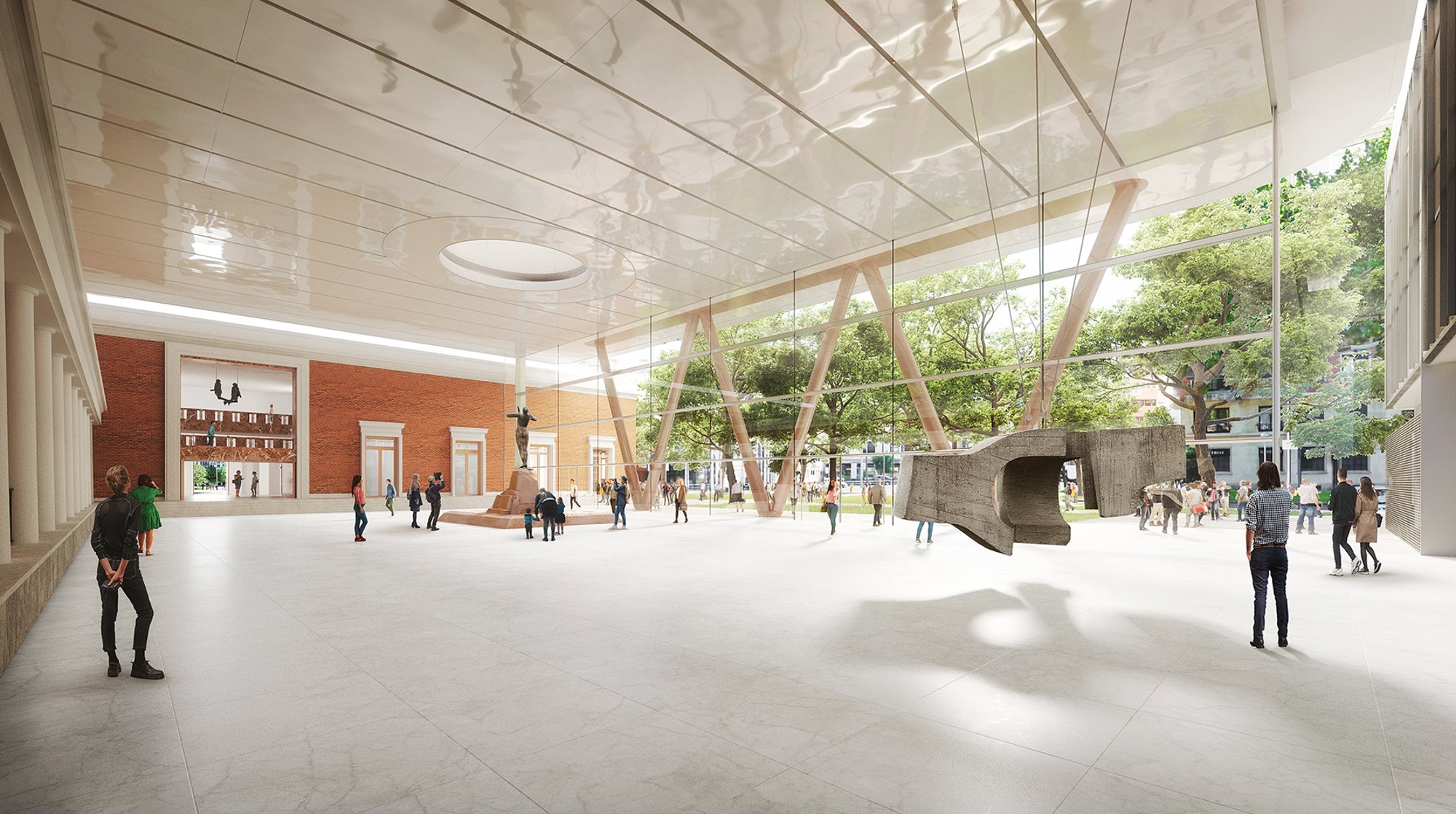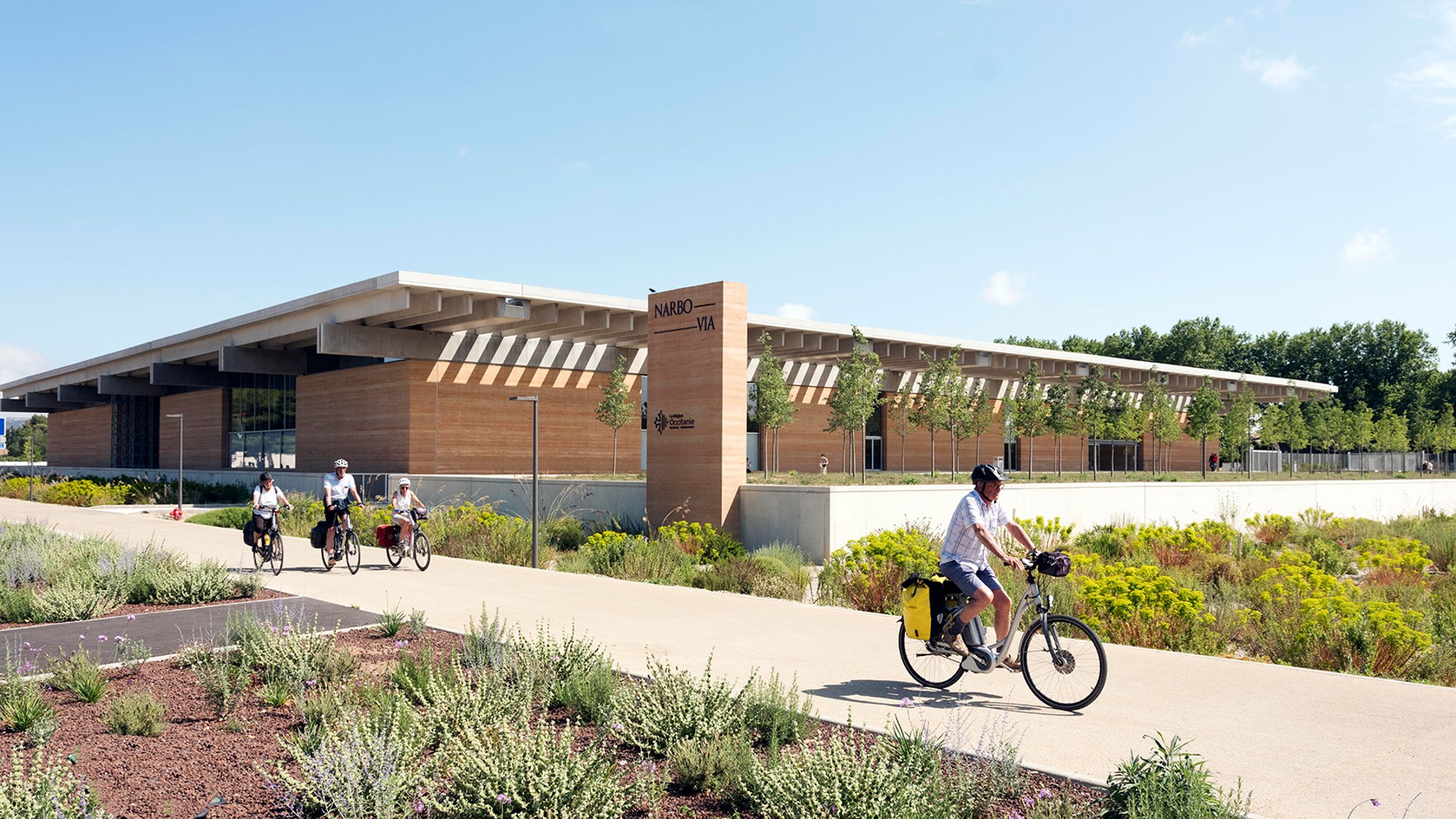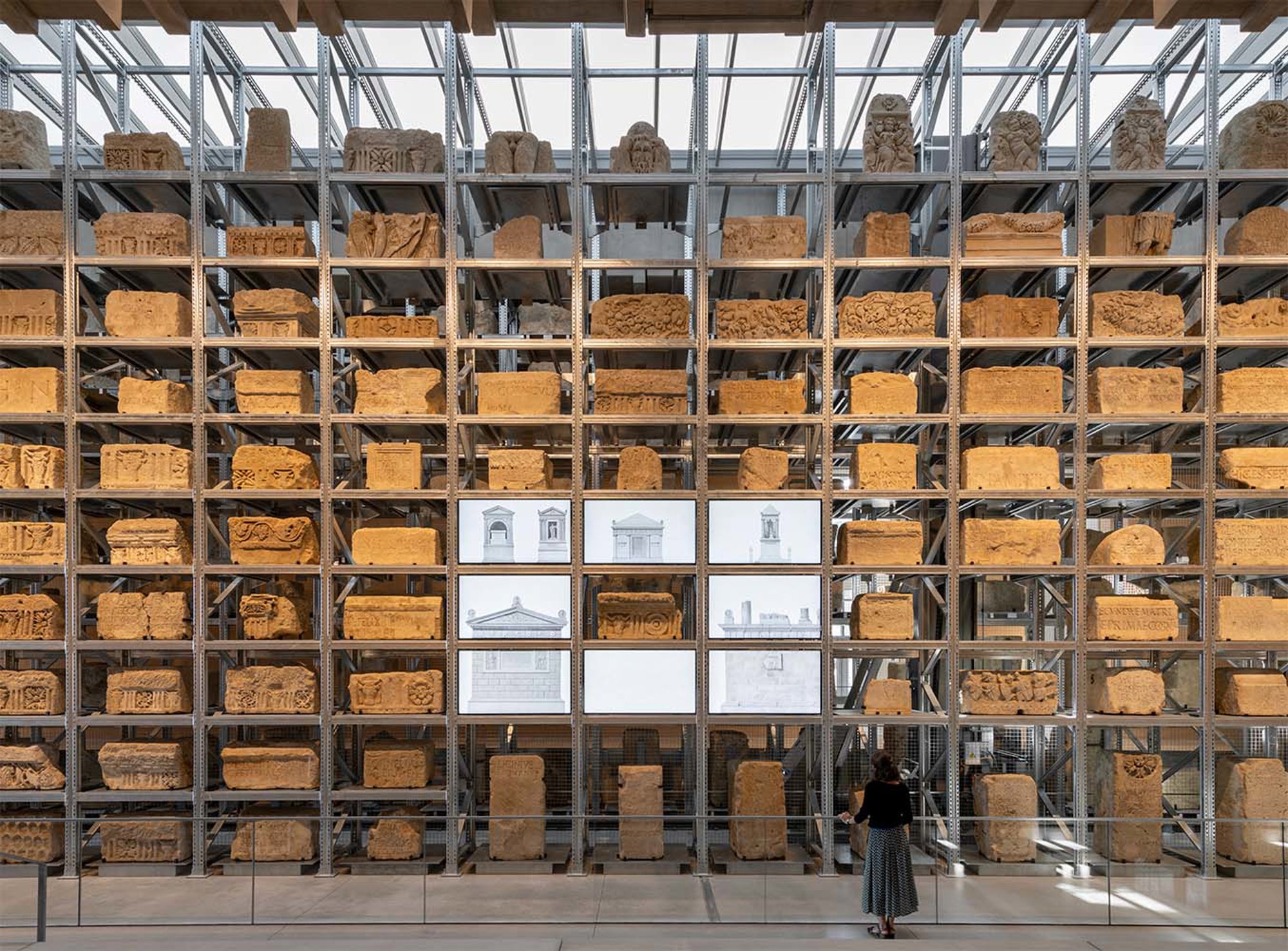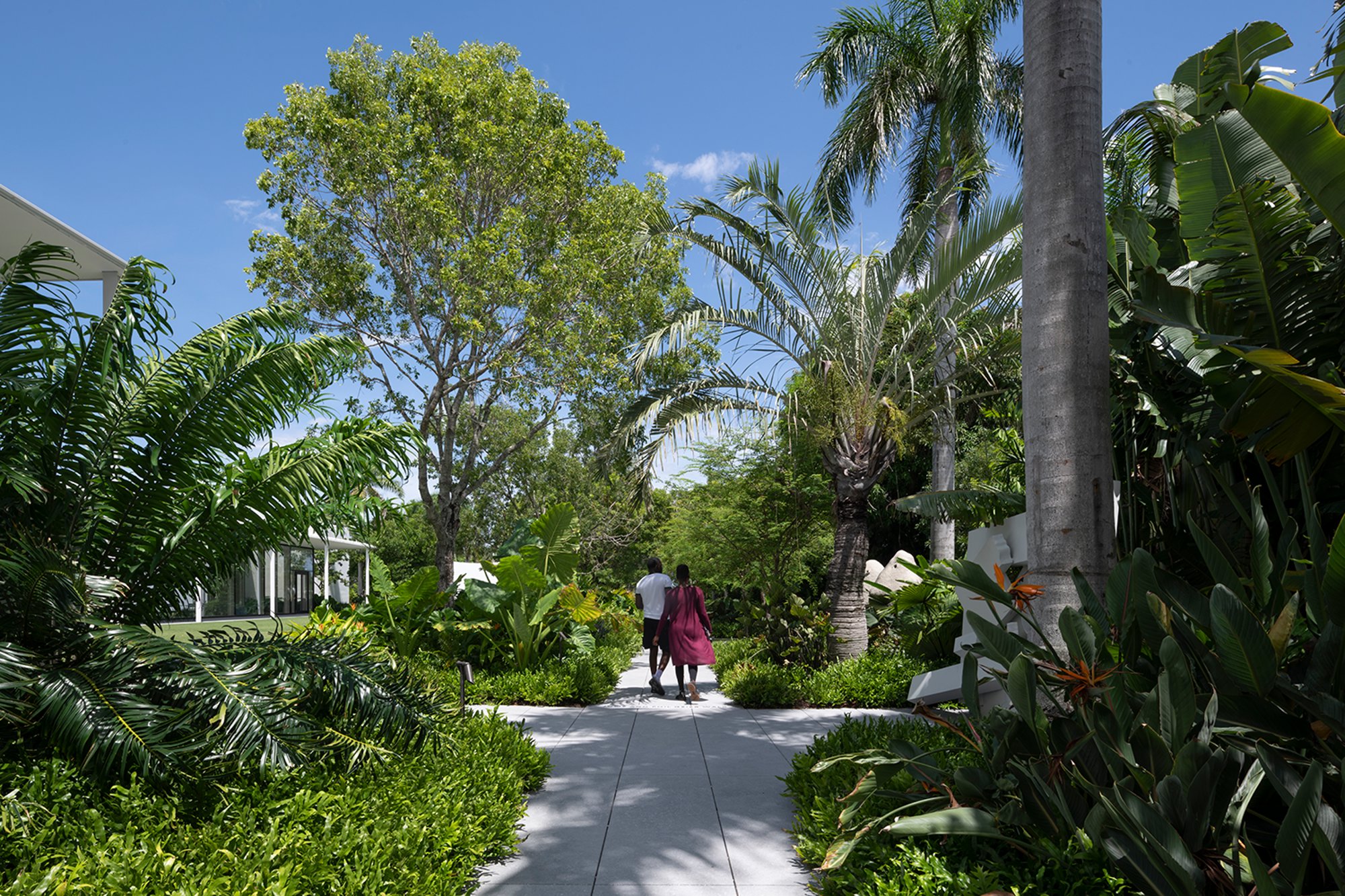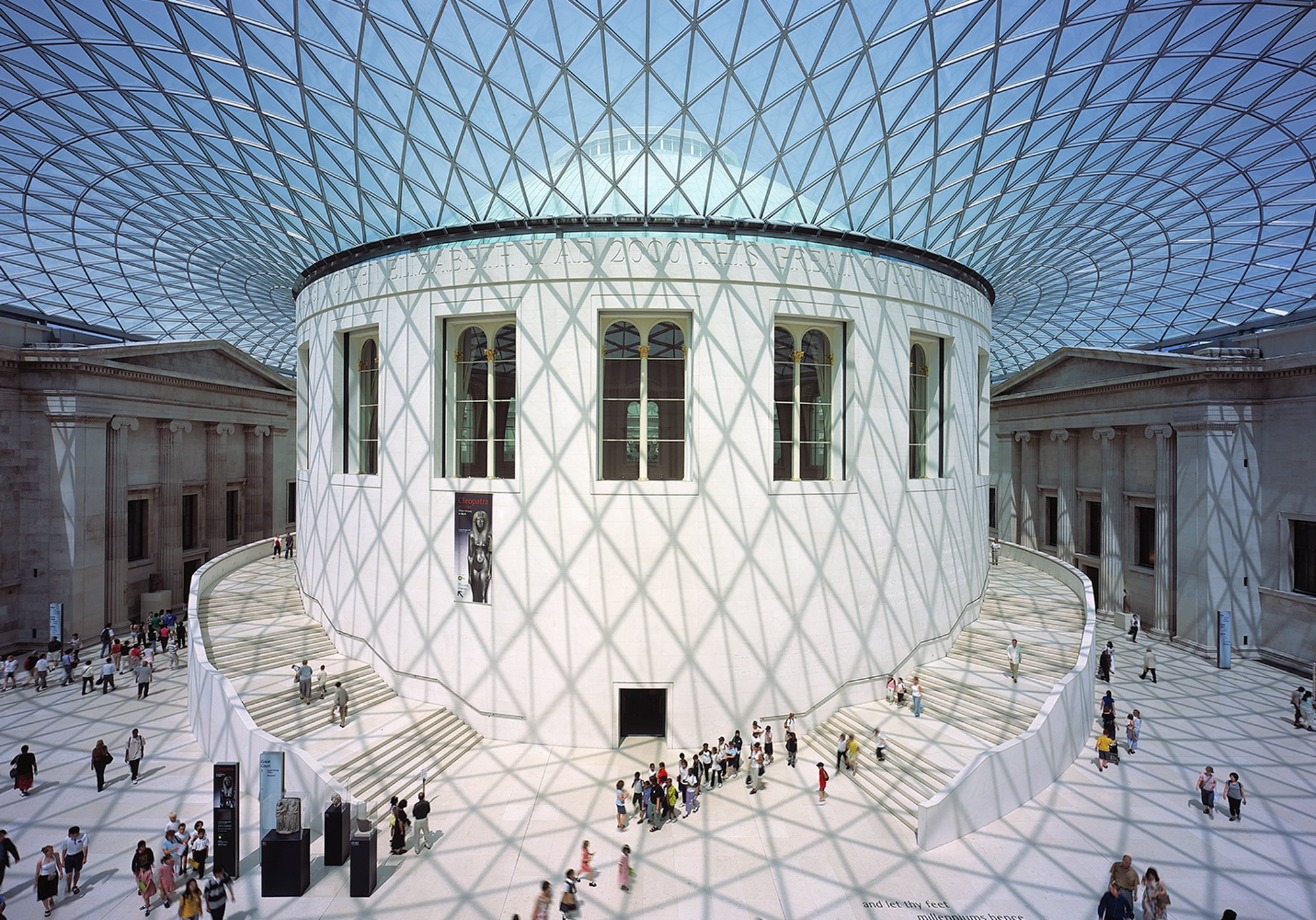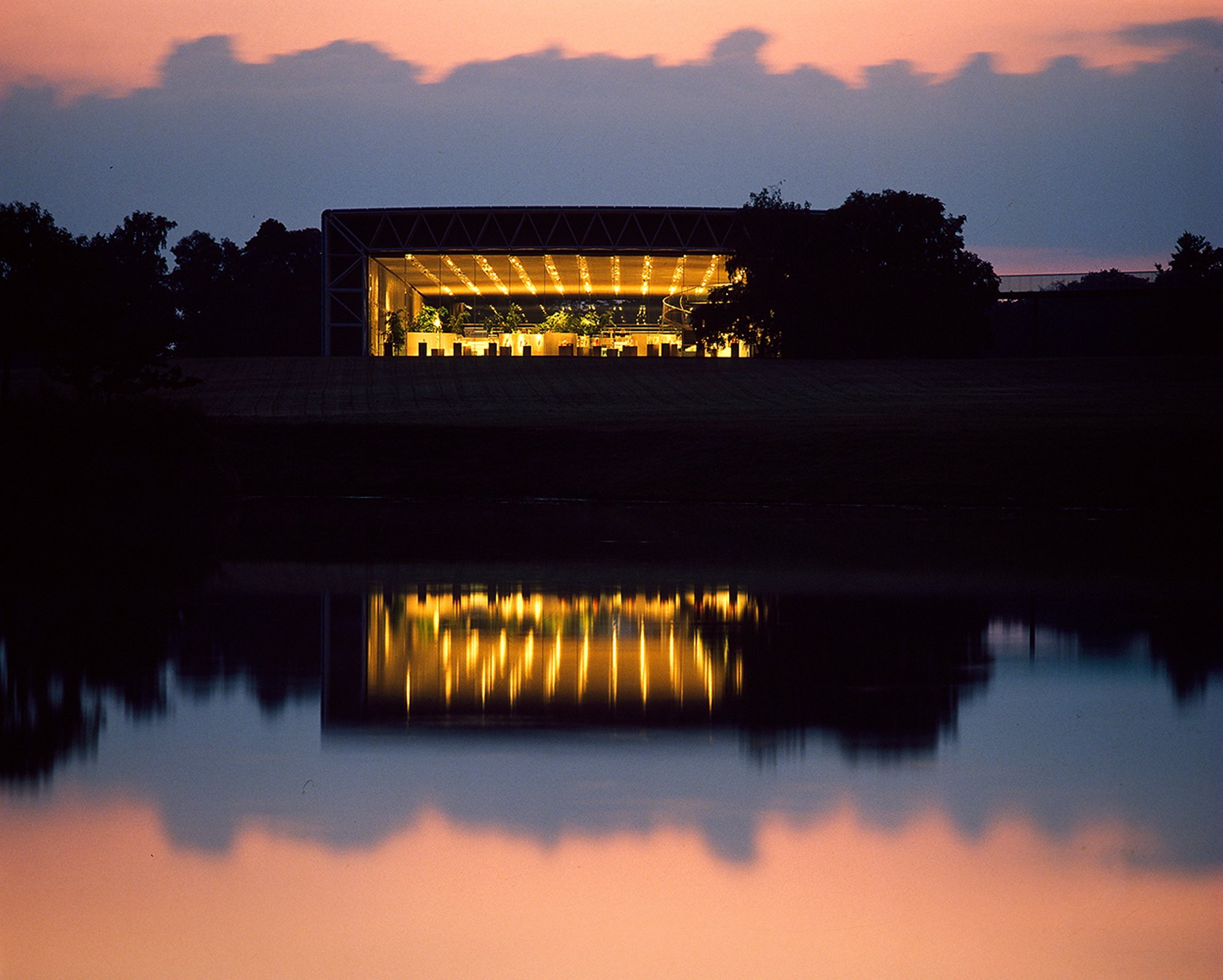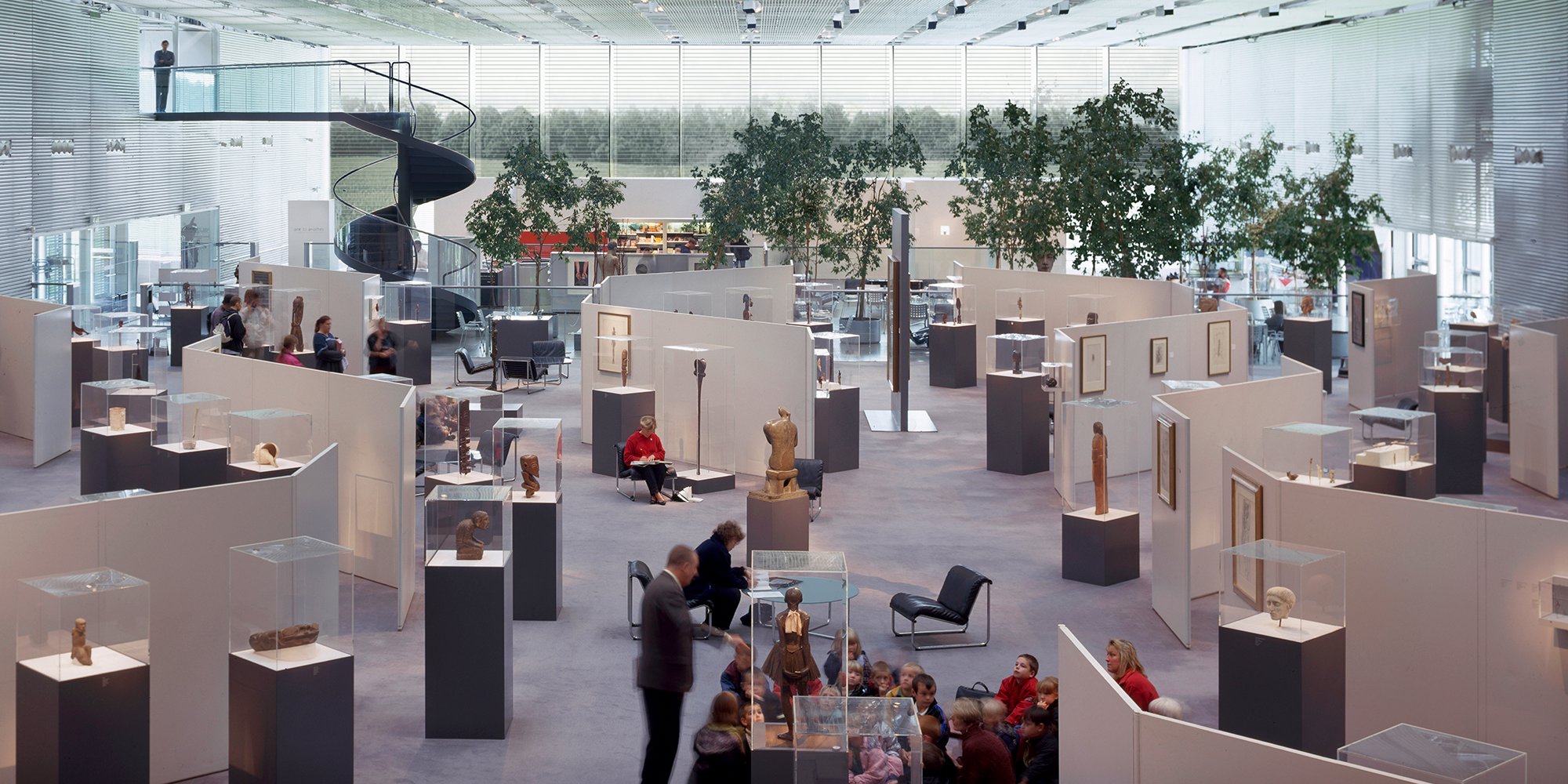To mark International Museum Day – and explore this year’s theme ‘Museums, Sustainability and Wellbeing’ - Foster + Partners is spotlighting a selection of its completed and ongoing museum projects across the world. From the Sainsbury Centre for Visual Arts, which opened to the public in 1978, to the Bilbao Fine Arts Museum, which recently broke ground, the practice has developed a tailored and sustainable approach to museographic design.
Designing a museum is a careful balancing act, as these buildings often require an extremely high level of environmental control. For instance, artefacts are typically stored in spaces with low levels of light to provide stability of temperature and humidity for preservation. This conflicts with the architectural and human desire for natural daylight in the public areas of a museum building – including the galleries, lobbies and café, as well as the back of house areas where the museum’s employees work. Successful museum design must strike a balance between maintaining optimal conditions to preserve the exhibits and creating a comfortable environment for visitors.
Projects such as Narbo Via, a museum of Roman antiquities situated at the heart of Narbonne, and Datong Art Museum, China’s ‘Museum of the 21st Century,’ employ passive environmental design principles to maintain near constant internal temperatures. Narbo Via’s internal spaces are unified beneath a concrete roof canopy, which provides thermal mass and contributes to a comprehensive environmental strategy, while Datong’s high-level skylights aid orientation while minimising solar gain and ensuring the optimum environment for the works of art.
A number of the practice’s museum projects - such as the Bilbao Fine Arts Museum, the Norton Museum of Art and the Great Court at the British Museum - involve retrofitting historic buildings, which is crucial for reducing embodied carbon content. These sensitive interventions also allow more people to use and appreciate the existing buildings and ensure that they are viable for future generations.
Foster + Partners endeavours to design museums that simultaneously provide educational and uplifting spaces for people of all ages, create optimal conditions for the preservation of artworks and artefacts, and incorporate sustainable principles to mitigate their environmental impact.
This selection of museum projects encapsulates the practice’s approach.









